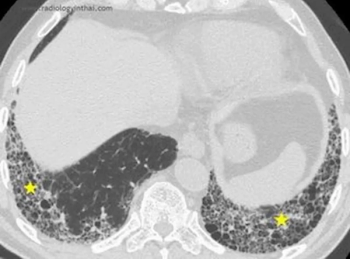
The IQ-UIP AI software may bolster computed tomography diagnosis of usual interstitial pneumonia (UIP), which is reportedly misdiagnosed in over 50 percent of cases.
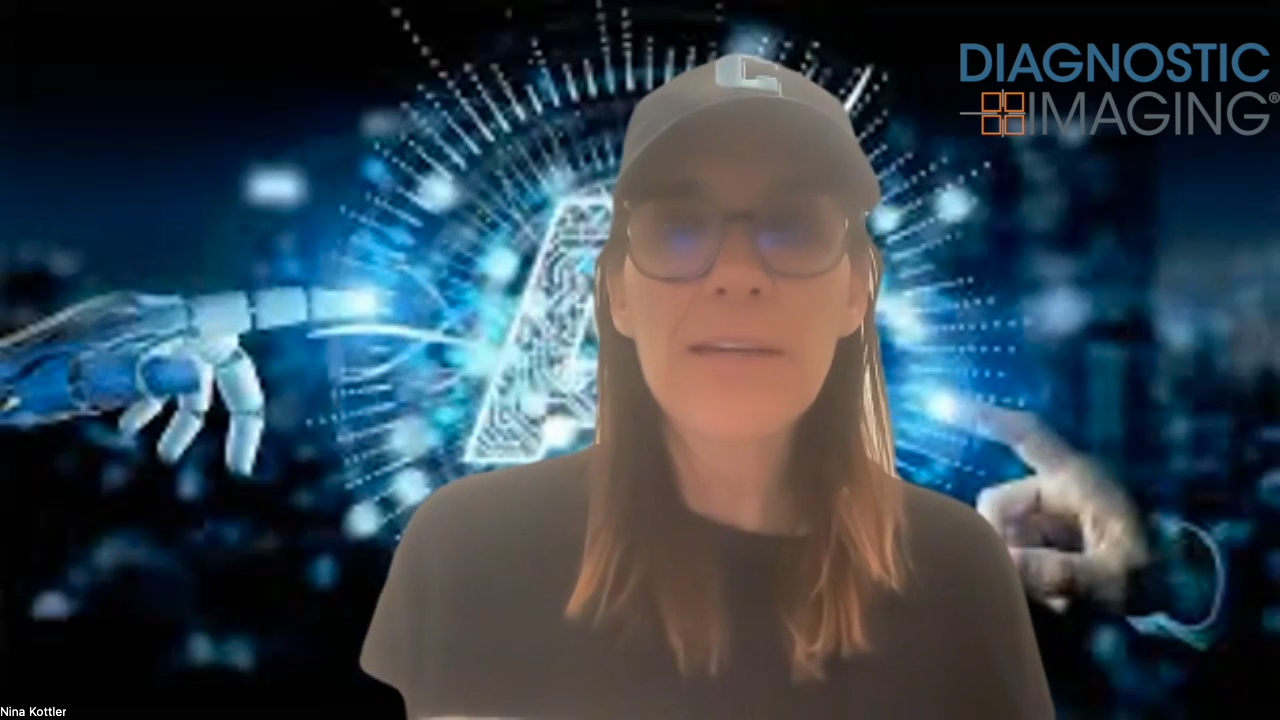

The IQ-UIP AI software may bolster computed tomography diagnosis of usual interstitial pneumonia (UIP), which is reportedly misdiagnosed in over 50 percent of cases.
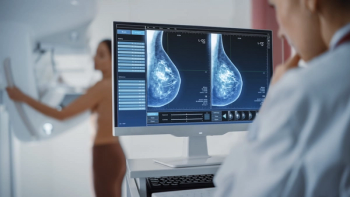
In a study of over 463,000 women who had screening mammography exams, adjunctive AI led to a 17.6 percent higher detection rate for breast cancer and a three percent increase in positive predictive value for recalls.

In a recent interview, Arlene Sussman, M.D., discussed her experience in leading vRad’s teleradiology breast imaging service, how to foster personalized care in breast cancer screening, utilizing AI to help mitigate daunting worklists and improving access to subspecialty care.
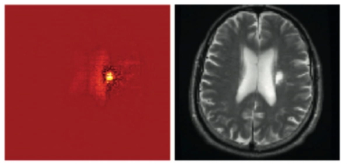
Survey results revealed that 71 percent of clinicians preferred adjunctive AI in facilitating triage of brain MRI scans and 58 percent were comfortable utilizing AI triage without input from radiologists.

Catch up on the top radiology content of the past week.
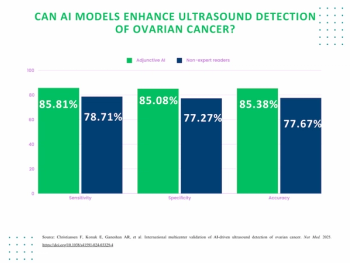
Adjunctive AI offered greater than seven percent increases in sensitivity, specificity, and accuracy for ultrasound detection of ovarian cancer in comparison to unassisted clinicians who lacked ultrasound expertise, according to findings from new international multicenter research.
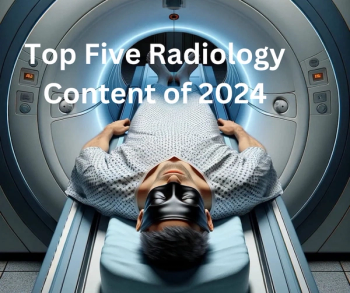
Touching on a variety of topics in radiology, here are the top five most well-viewed content from Diagnostic Imaging in 2024.
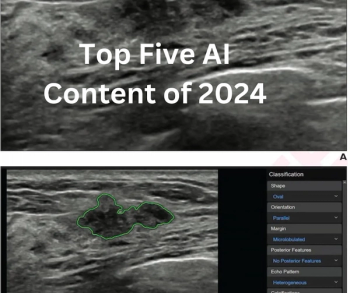
Catch up on the most viewed content on AI in radiology from 2024.
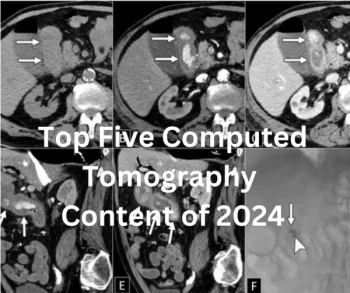
Catch up on the most well-read computed tomography (CT) articles from 2024.
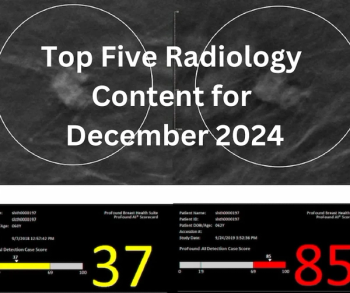
Catch up on the most-well viewed radiology content in December 2024.

Catch up on the top AI-related news and research in radiology over the past month.
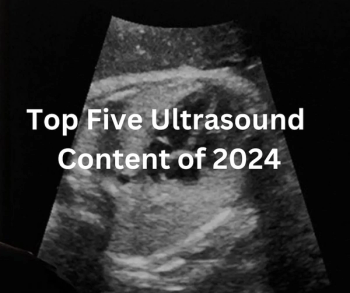
Catch up on the most well-read ultrasound content from 2024.
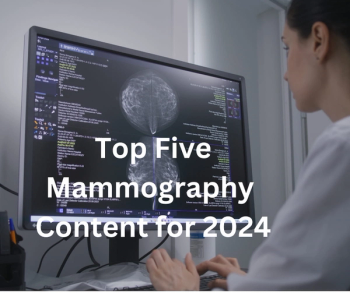
Catch up on the most well-read mammography articles from 2024.
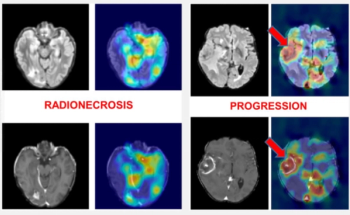
Convolutional neural network-enabled segmentation of brain MRI offered a 25.7 percent higher specificity than a radiomic model for differentiating radionecrosis and metastatic progression in patients treated with stereotactic radiosurgery for brain metastases.

Ten-minute and five-minute knee MRI exams with compressed sequences facilitated by deep learning offered nearly equivalent sensitivity and specificity as an 18-minute conventional MRI knee exam, according to research presented recently at the RSNA conference.

Catch up on the top radiology content of the past week.
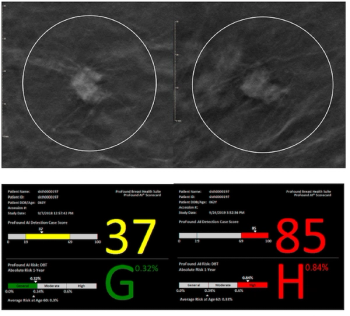
New research suggests that AI-powered assessment of digital breast tomosynthesis (DBT) for short-term breast cancer risk may help address racial disparities with detection and shortcomings of traditional mammography in women with dense breasts.

The authors of a new study found that deep learning assessment of single-phase CT scans provides comparable within-one stage accuracies to multiphase CT for detecting and staging chronic obstructive pulmonary disease (COPD).

Catch up on the top radiology content of the past week.

Catch up on the top radiology content of the past week.

Originally cleared by the FDA in 2021, the SmartMammo Dx software for digital breast tomosynthesis (DBT) can now be utilized with the Senographe Pristina mammography systems from GE HealthCare.

Catch up on the most-well viewed radiology content in November 2024.

Catch up on the top AI-related news and research in radiology over the past month.

Catch up on the top radiology content of the past week.

While GPT-4 demonstrated higher overall accuracy than other large language models in answering ACR Diagnostic in Training Exam multiple-choice questions, researchers noted an eight percent decrease in GPT-4’s accuracy rate from the first month to the third month of the study.